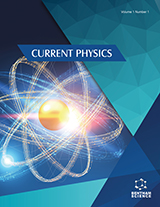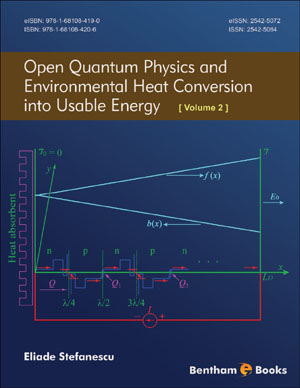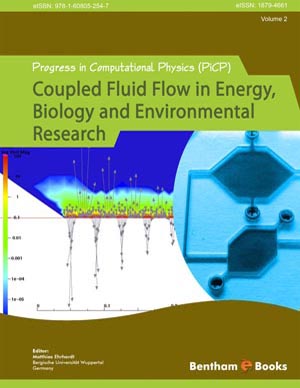Abstract
Aqueous effluents containing metal ions from a variety of industrial processes constitute an important source of environmental pollution, even when the concentrations of concentrations of metal ions are very low. In order to overcome this problem, electrochemical technology seems to be a technical and economic alternative to the conventional methods used to control and remove metal ions from industrial effluents. The use of electrochemical reactors provides an environmental friendly technology to substitute the conventional method that only transfer the problem from the liquid phase to the solid phase. The understanding of the charge and mass transfer phenomena and the controlling factors affecting the electrochemical kinetics is of major importance for the optimized design of electrochemical reactors and also to establish the best operational conditions to be applied to the treatment process. In this text, we present some important variables that must be considered in order to make the electrochemical technology an efficient and economically advantageous alternative to solve one of the major problems associated with water pollution: contamination by heavy metals. Finally, the use of an electrochemical reactor to reduce hexavalente chromium to its trivalent state is presented.
Keywords: Current efficiency, electrochemical reactors, Faraday law, electroreduction, environmental pollution.













